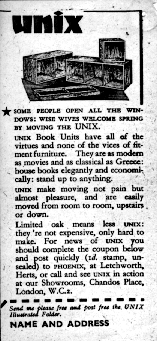

| Main index | Section 4 | Options |
Bit banging a pin on a gpiobus(4) is the only supported controller. Both standard and overdrive transfer timings are implemented. Strong pull-up functionality needed to support parasitic mode is not implemented.
To enable 1-Wire for FDT systems requires modifying the DTS for your board to add something like:
/ {
...
onewire {
compatible = "w1-gpio";
gpios = <&gpio 4 1>;
};
...
};
The gpios property describes the GPIO pin the 1-Wire bus is connected to. For more details about the gpios property, please consult /usr/src/sys/dts/bindings-gpio.txt.
On a device.hints(5) based system these values are required for the owc:
| hint.owc.%d.at | |
| The gpiobus you are attaching to. | |
| hint.owc.%d.pins | |
| This is a bitmask that defines a pin on the gpiobus that is to be used for the 1-Wire bus. For instance, to configure pin 10, use the bitmask of 0x400. Please note that this mask should have only one bit set (any other bits - i.e., pins - will be ignored). | |
| OWC (4) | June 26, 2019 |

| Main index | Section 4 | Options |
Please direct any comments about this manual page service to Ben Bullock. Privacy policy.
